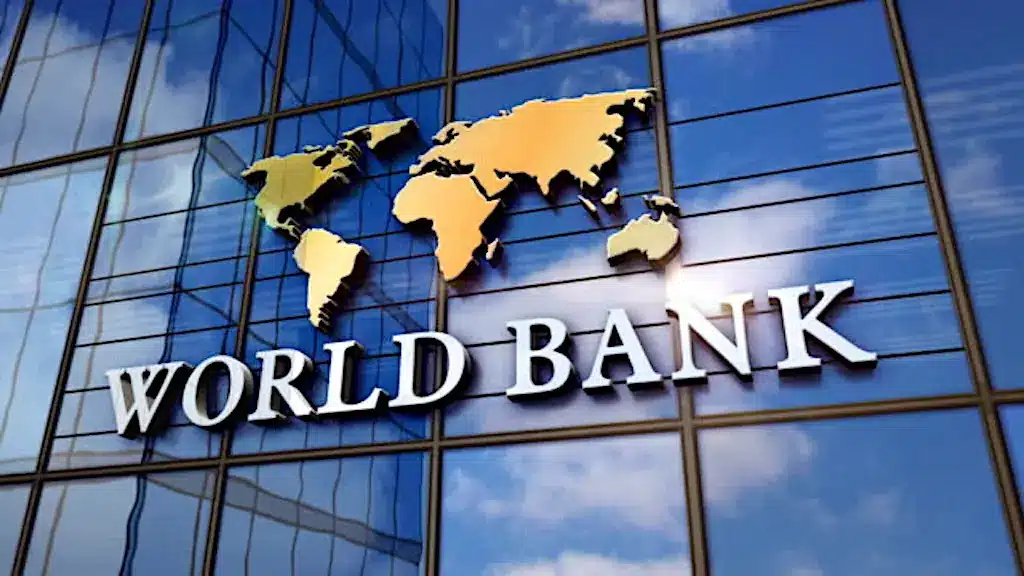World Bank Report offers strategies for the Caribbean to escape the “Middle-Income” Trap
Middle-income countries are in a race against time to raise their income levels. While several have a goal of reaching high-income status, since the 1990s, only 34 of 108 had succeeded at the end of 2023. Five of them – Antigua and Barbuda, Barbados, Guyana, St. Kitts and Nevis, and Trinidad and Tobago – are in the Caribbean. A new World Bank study, discussed today in Jamaica, provides the first comprehensive roadmap to enable developing countries to escape the “middle-income trap.”
Drawing on lessons of the past 50 years, the World Development Report 2024: The Middle-Income Trap finds that as countries grow wealthier, they usually hit a “trap” at about 10% of annual U.S. GDP per person—the equivalent of $8,000 today. That’s in the middle of the range of what the World Bank classifies as “middle-income” countries.
Countries still classified as middle-income at the end of 2023 face far bigger challenges than their predecessors in escaping the middle-income trap: rapidly aging populations, rising protectionism in advanced economies, and the need to speed up the energy transition. In the Caribbean, middle-income challenges are further compounded by countries’ vulnerability to shocks, including climate change.
“The battle for global economic prosperity will largely be won or lost in middle-income countries,” said Indermit Gill, Chief Economist of the World Bank Group and Senior Vice President for Development Economics. “But too many of these countries rely on outmoded strategies to become advanced economies. They depend just on investment for too long—or they switch prematurely to innovation. A fresh approach is needed: first focus on investment; then add an emphasis on infusion of new technologies from abroad; and, finally, adopt a three-pronged strategy that balances investment, infusion, and innovation. With growing demographic, ecological and geopolitical pressures, there is no room for error.”
The report proposes a “3i strategy” for countries to reach high-income status. Depending on their stage of development, all countries need to adopt a sequenced and progressively more sophisticated mix of policies. Low-income countries can focus solely on policies designed to increase investment—the 1i phase. But once they attain lower-middle-income status, they need to shift gears and expand the policy mix to the 2i phase: investment and infusion, which consists of adopting technologies from abroad and spreading them across the economy. At the upper-middle-income level, countries should shift gears again to the final 3i phase: investment, infusion, and innovation. In the innovation phase, countries no longer merely borrow ideas from the global frontiers of technology—they push the frontier.
“Caribbean low and middle-income countries can and should make progress,” said Lilia Burunciuc, World Bank Director for the Caribbean. “Reforms and restructuring will be needed but, we can also learn from those who have transitioned successfully; including those within this region.”






